
Interview Documentary
Mauro Curti
In 2019, photographer Mauro Curti moved back to his hometown of Bene Vagienna in Italy and found a new appreciation of where he came from. It started a self-exploration that resulted in the project 'Riturné'

Tell us a little about your background?
I have very few family photos from my childhood. In my family, my father was the one who always took pictures and the camera was reserved for birthdays or religious events. I suppose that is where my fascination with an image’s ability to become a memory, and documentary photography comes from, to preserve memories and to freeze snippets of our lives.
Having grown up in a small village, close to the Alps, my agricultural background and love for nature led me to be interested in rural landscapes and all forms of life related to nature. The ordinary world and daily life of my town as seen through a creative process influenced by being outdoors and exploring my own environment, without the restrictions of any geopolitical boundaries.
I began taking photos in a more intentional way around ten years ago (I am now 41 years old), I took a long time to realize that photography brought me a happiness that I couldn’t find in any other place, and, suddenly, everything made sense, my heart suddenly felt alive. After this moment, I decided to delve deeper into photography and I signed up for a basic photography class, quit my job as a computer technician, left my comfort zone and left Italy with a one-way ticket to embark on what was a cognitive research trip focused on the practical use of photography as a medium, that would last various years and take me through a large part of Central and South America. During my time in Buenos Aires, Argentina, I studied signature photography at the University of Motivarte, where I became familiar with analog photography and the use of a dark room.
In 2019, I returned to my hometown in Italy after spending time living in Spain, where I took various courses in contemporary documentary photography.
I returned with new eyes - ones that were now clean and awakened, traveling and living abroad for so many years allowed me to now see the ordinary world and daily life of my hometown in a more conscious way. I discovered things that I had never seen before, to give objects, places and subjects a different meaning, a different focus.
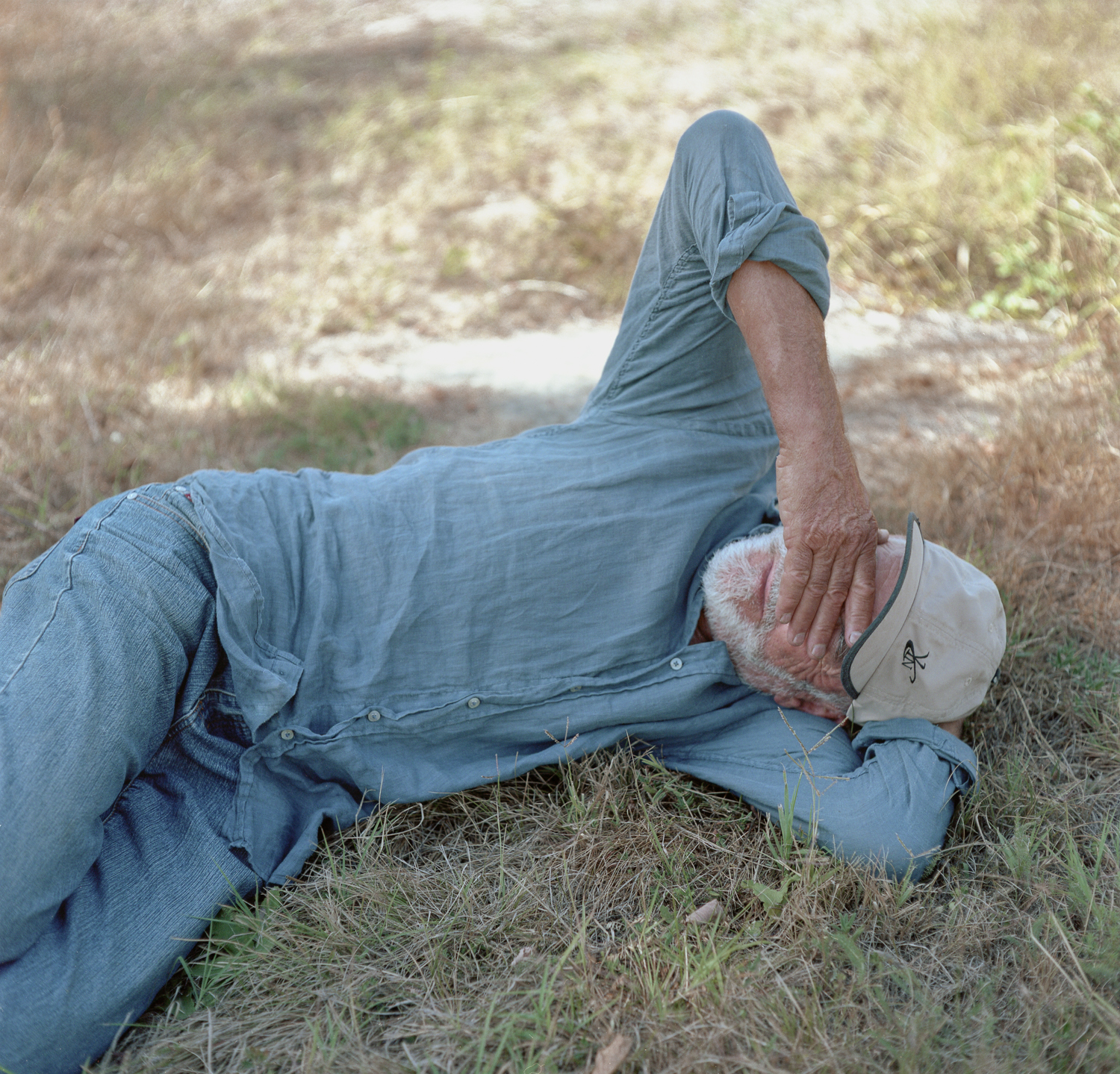

- Can you tell us a bit more about your project ‘Returné’?
Upon returning to my hometown in Bene Vagienna in 2019, the need to complete a personal photography project emerged. I had been so excited to leave, and so I had, I traveled around a large part of the world, but when I returned home, I found a new found appreciation for the region. Since then, I have been much more intentional when it comes to photography that tries to document our idea of ‘home’.
That is how Riturné, “Come Back” in Piedmontese, came to be, an exploration of one’s inner self by means of a return to one’s hometown - the town of Cuneo, in the Piedmont region of northern Italy.
The project’s strong autobiographical components are a study of the relationship between man and territory, one’s own personal conflicts, the idea of family and belonging, and the reality in which I grew up - complete with its places, people and beliefs.
Memory, absence, home. What is gone and what sooner or later will also disappear.
An attempt to maintain and preserve a living connection with a past that is becoming history.
Freezing small fragments before they melt. Being conscious of the fact that nothing is permanent. The idea that everything is fleeting.

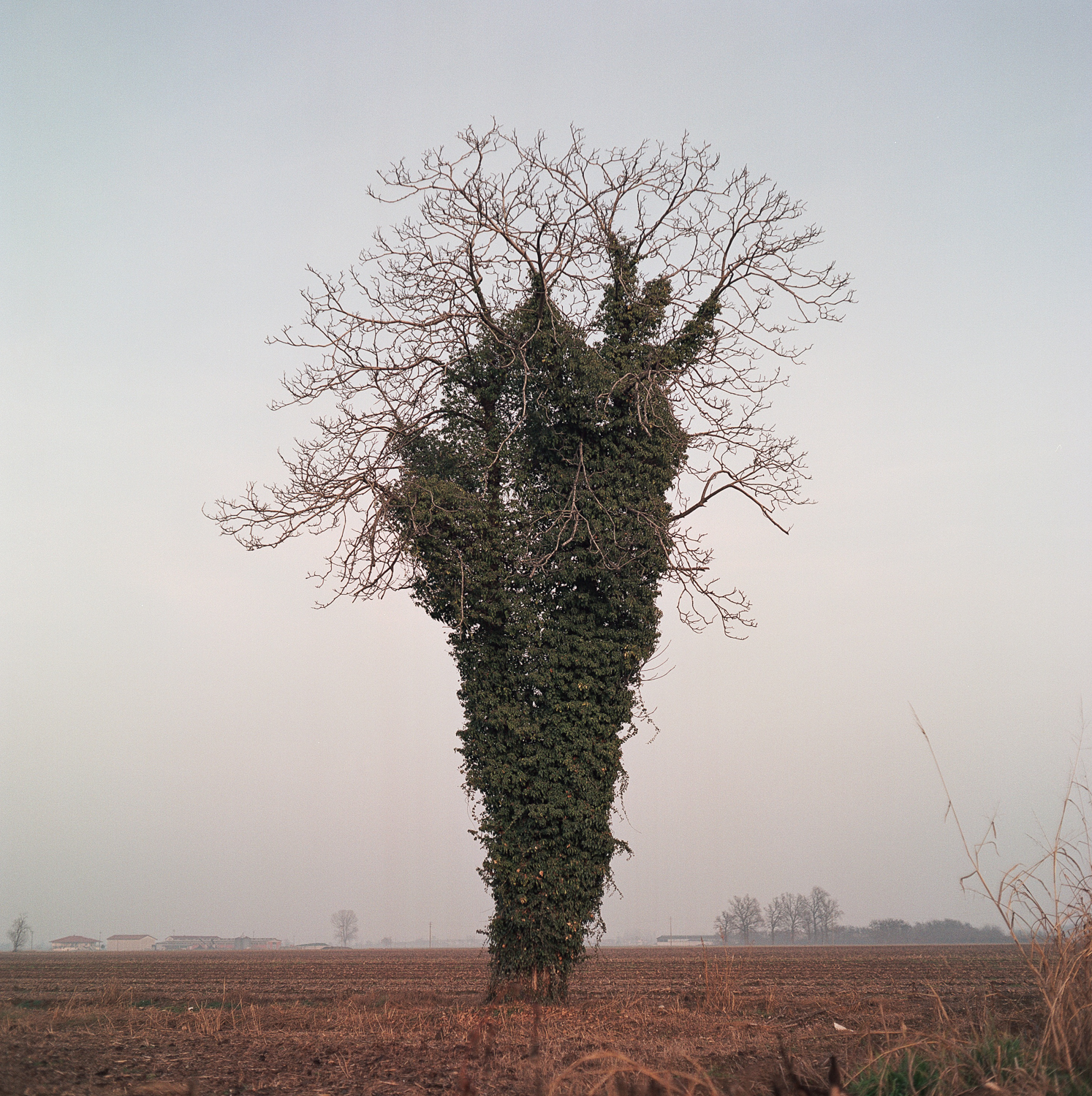
- Can you tell us a bit more about your process for this project?
The series is the product of various trips throughout the province. A car, a good pair of shoes, and a medium format film camera, all to slow down my process and allow for a better focus. At first, I went to the most remote areas of the province, which were still unknown to me, places with little human presence. Photos of landscapes and nature went well with my personality, they transmit a sense of peace and allow me to stay connected and in the present - the “here and now”.
I often set out at dawn and returned home late at night after having traveled numerous kilometers, both on foot and by car: I would choose a predetermined destination, which I would almost never reach, there were just so many things, places and buildings that I found along the way that caught my attention, making me want to explore and get to know them.
My work during the past few months, on the other hand, is characterized by a strong human presence, the portraits are mostly of relatives and acquaintances, some planned beforehand, others the product of serendipitous encounters.
My process can be described as a search for footprints, symbols and fragments taken from my blurry childhood memories and that metaphorically transmit the idea of home, memory, and childhood: an abandoned farm, an old school, a dried up tree covered in ivy, an elderly neighbor, an old bar stool in the place of a wicker chair.
The project was a way to heal and connect with places that have always provoked a somewhat ambivalent feeling of both love and hate in me towards what I consider my homeland, my home. By working with the natural landscape and the rural world, I was able to feel alive and connected with my hometown, and it made me want to continue working there. Something that had never happened to me before.
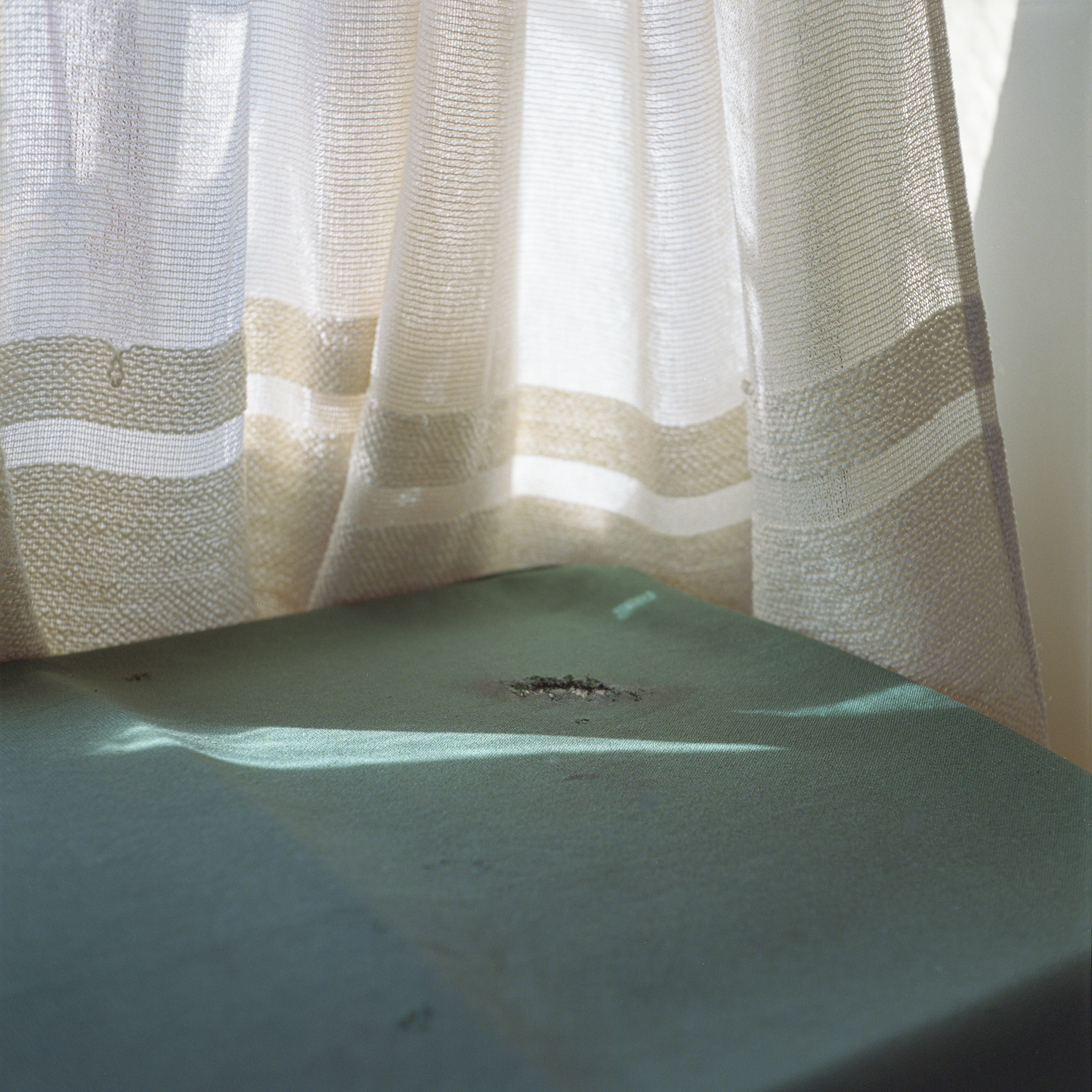
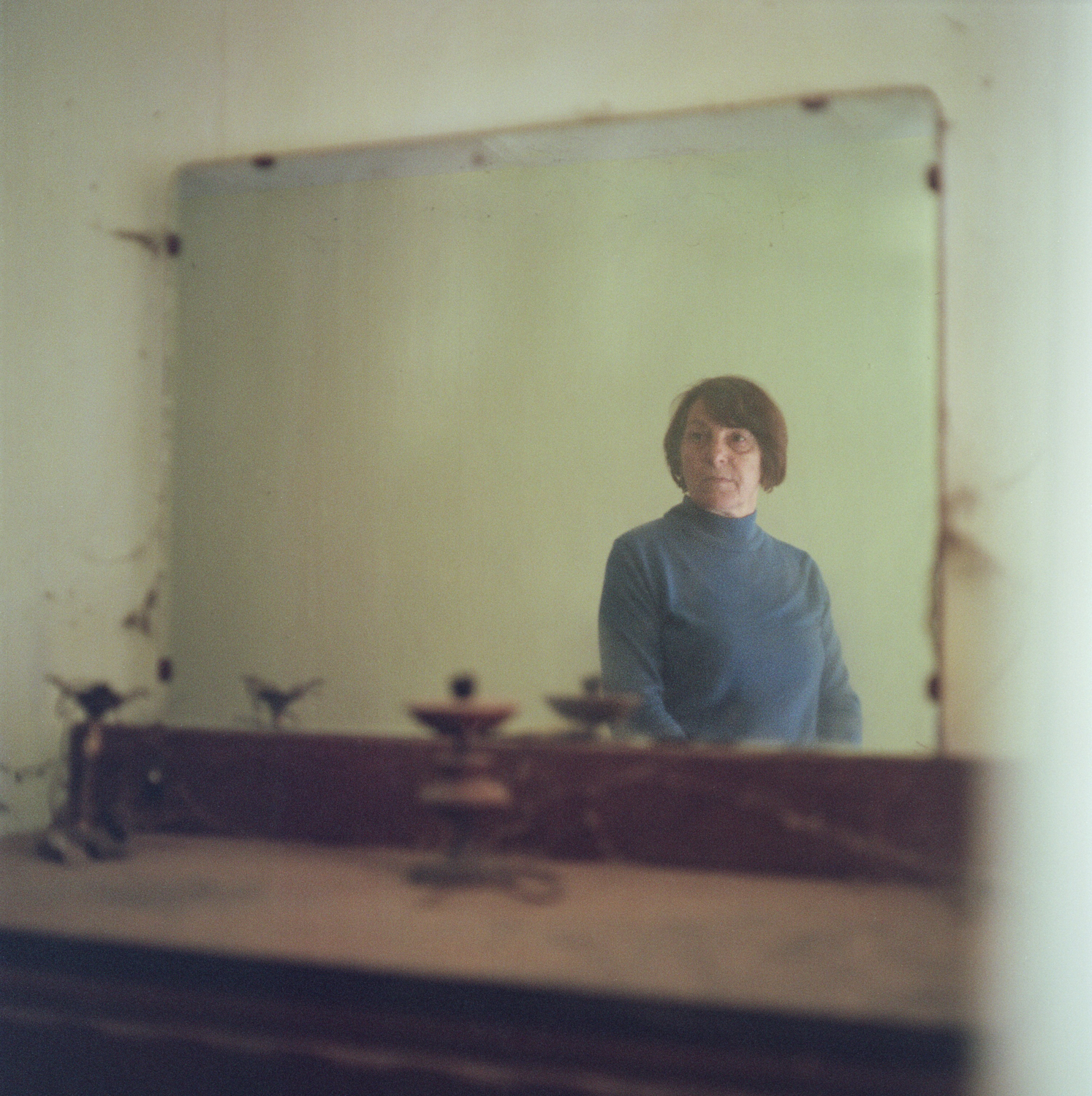
- What defines a good picture for you? Or what are you looking for in a picture?
An image is able to stop time, to trap the gaze of the spectator and offer them a personal interpretation of it, make them feel something, evoke sensations and feelings that do not necessarily have anything to do with what the author sees or feels about the work.
From my point of view, the more intimate and simple an image, the more universal it is. Simple in terms of the composition and also the quantity of elements present and the relation between the various elements.
I am continuously trying to take things away, to strip the image down to achieve the most simple possible means of communication. The more simple the image, the more universal it is and it can transmit messages to the observer, that through another medium would not be possible, an attractive visual focus that doesn’t necessarily directly document reality, sometimes the appearance and the message differ greatly. What is there, what is seen, plus something more. Pure magic.

- What does photography mean to you?
It is simply a necessity, an instrument that allows me to transmit my perception of the world. To exist, to be in the present and to connect with my inner-self and with the exterior world in a balanced way. The feeling of being present, with awe and wonder for everything that exists, without any distinction. To observe the world in a state that one could define as ‘adolescent’.
It is a way to connect with the world in a more perceptive and empathetic way, it allows me to forget even myself, to put myself in the background, to abandon just for a moment my interior and to have my ego under control. A very intimate and personal exploration and, at the same time, a universal tool for communication. This duality is what most intrigues me about photography.
Up until now, photography has been the most concrete way to connect with the world by observing it democratically, trying to abolish a first-world visual discrimination which creates a divide between important things and unimportant things. Everything deserves to be in the world and to be observed, to be photographed. No place is uninteresting.

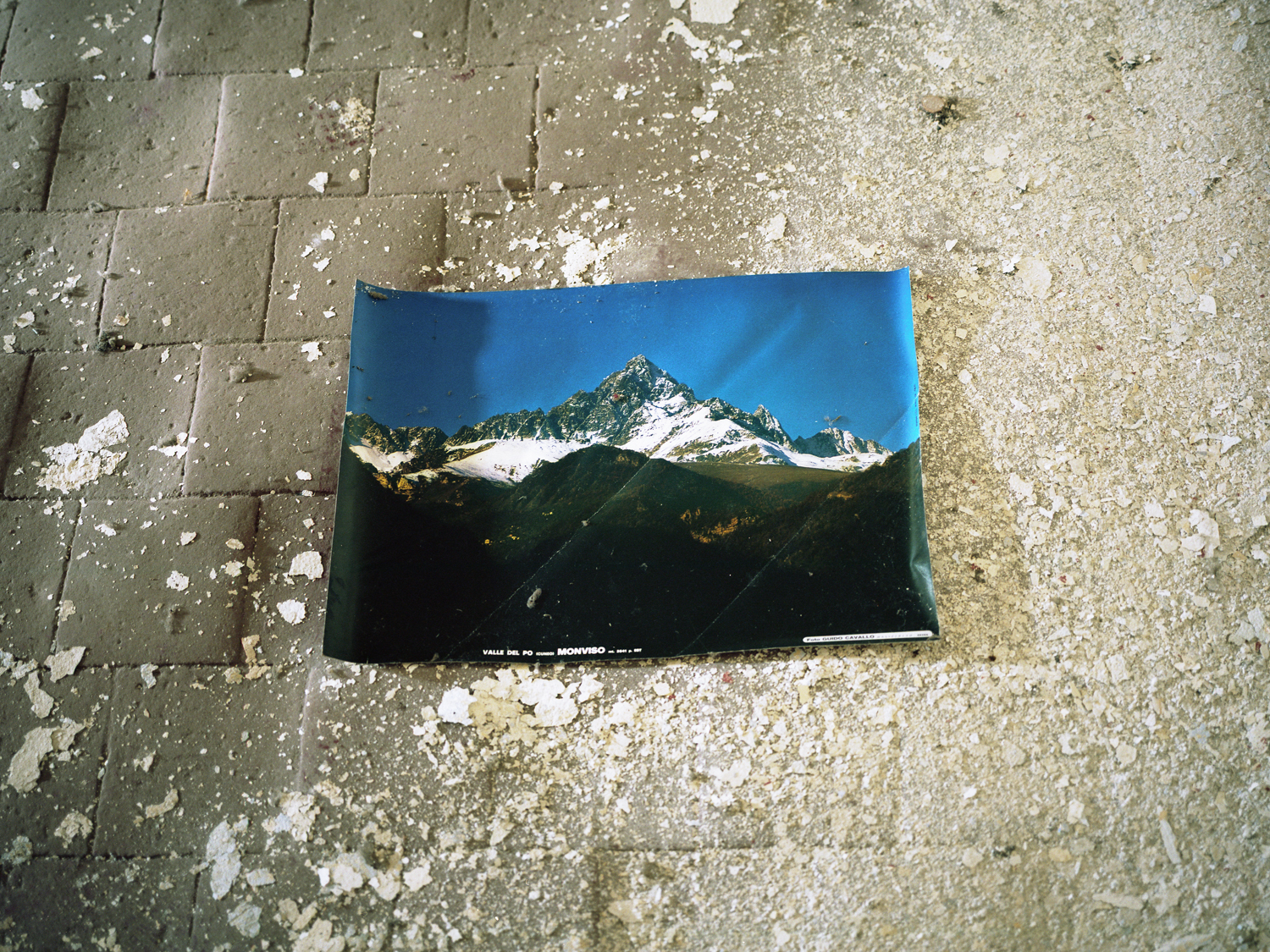
- Which other photographers, designers, artists or creative people are you loving at the moment?
Photographers that have inspired me lately, especially while creating this project, include Sohrab Hura and his project Snow, Ian Howorth with Arcadia, Laura Pannack, as well as classic photographers like Shore, Eggleston and William Christenberry.
I would also include “my dear friends” Alec Soth and Luigi Ghirri, who have constantly accompanied and provided me with inspiring support. Along with Michelangelo Antonioni.
The list could go on, I am fascinated by the work and methods of many photographers, it is hard to chose, I will mention a few that are my inspiration for projects that I am currently working on: Bryan Schutmaat, Alice Quaresma, Felipe Romero Beltrán, Mattew Genitempo, Allan Salas, and Matteo Ruiz González.
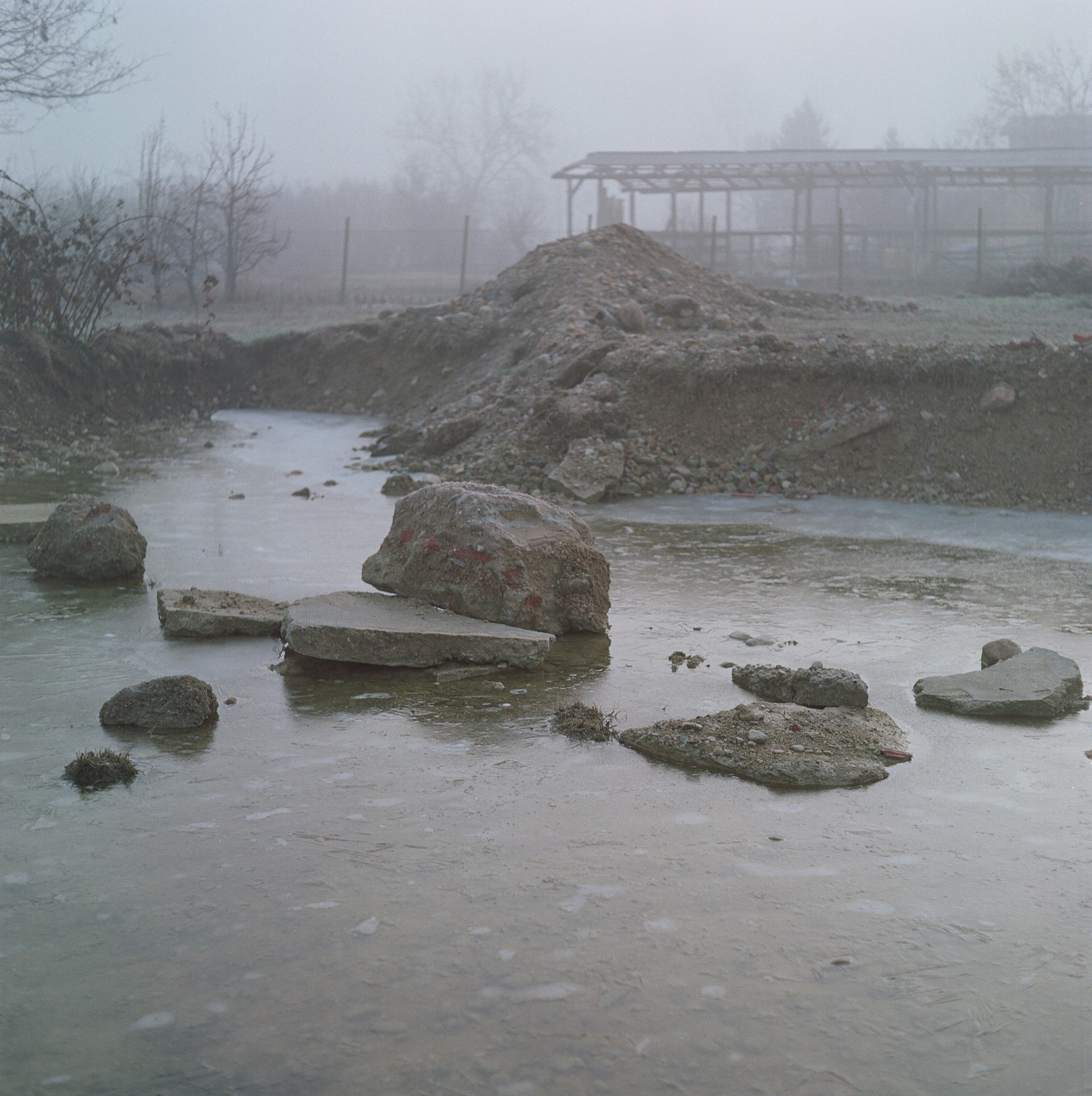
© Pictures by
Mauro Curti
